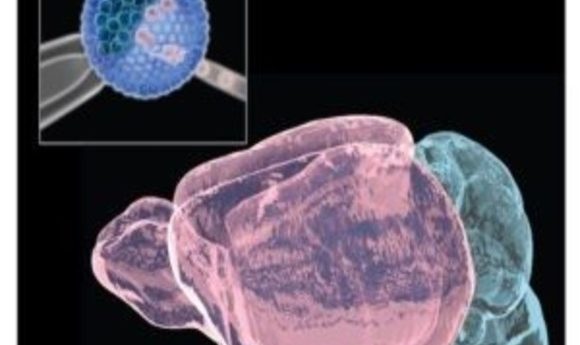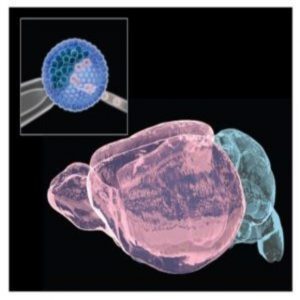Grow your own brain

Scientists develop new way to control the genotype of a mouse brain.

Creating an accurate model for the genetics of brain disorders has been a struggle for scientists. Whilst cell cultures can reveal some clues, they cannot give the true-to-form function shown in genetically-modified mice. However, breeding of mice has many limitations; breeding cycles can be long and costly and the specificity can only be verified once they pups have been born.
Researchers from Boston Children’s Hospital (MA, USA), in partnership with UC San Francisco (CA, USA), have developed a new way to overcome said limitations and create customized, representative models. Their method, named ‘forebrain substitution’, involves using a natural toxin to kill the cells of the forebrain in the mouse embryo. The developing forebrain can then be reconstructed from genetically engineered embryonic stem cells containing the specific mutation required for the study. This allows for a greater control of the mouse genotype allowing for more specificity.
The mice that underwent the forebrain substitution show neurocortical and hippocampal development that are morphologically and neurologically indistinguishable from the wildtype mice, in respect to learning and memory formation.
The paper, recently published in Nature, contained a detailed set of instructions for constructing the models, allowing for other labs to replicate the technique.
“We think of this strategy as a completely new platform for neurobiologists to study many aspects of the brain, from basic knowledge of which genes control brain development to potentially finding new gene therapies for brain cancers and psychiatric disorders,” commented Fred Alt, co-senior author of the study.
One goal of the lab is to use the new models to study a set of genes previously shown to be susceptible to breaking in mouse brain progenitor cells. In determining the mechanisms and frequency of gene breakage it may be possible to see how this contributes to neuropsychiatric diseases and certain brain cancers.
There is also hope for its use in developing personalized medicine, creating custom mouse models to mimic the unique genome of patients with rare disorders and allow for the determination of the correct course of treatment.





